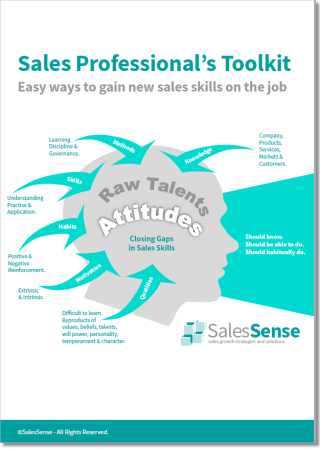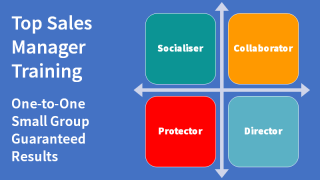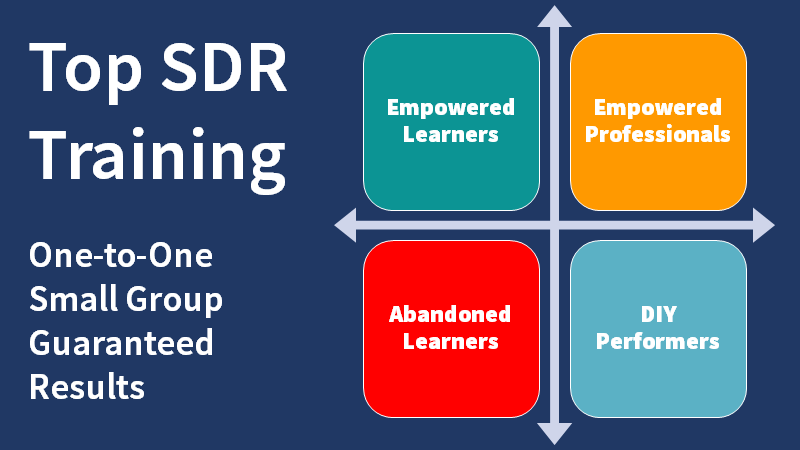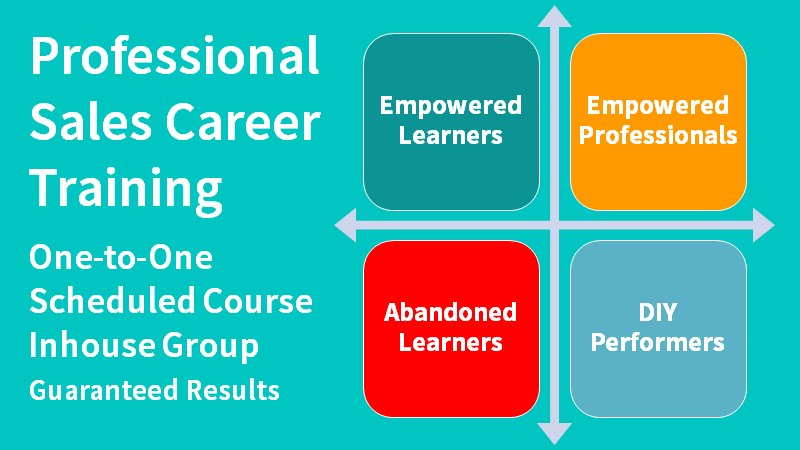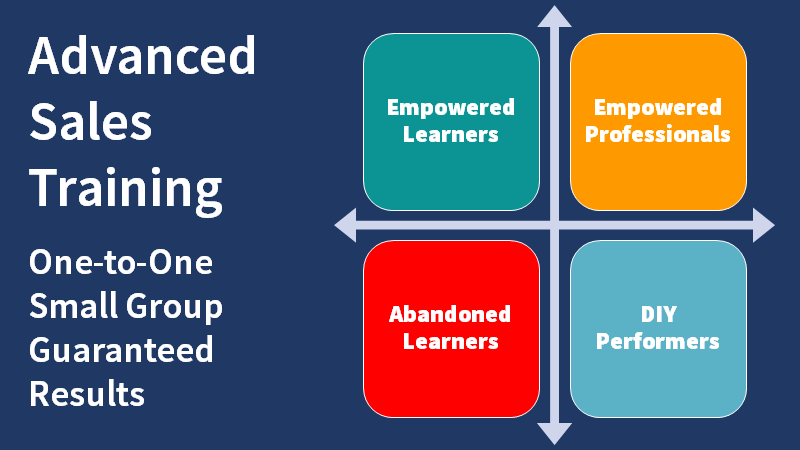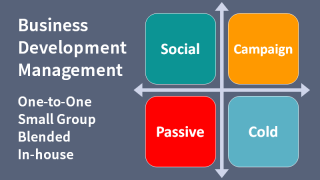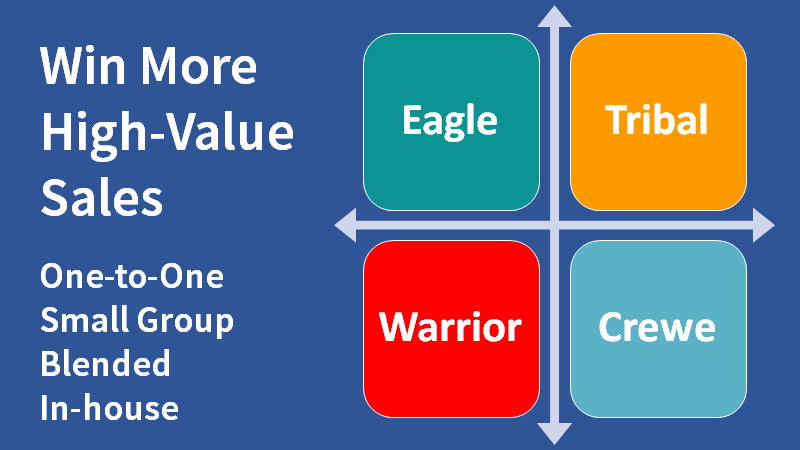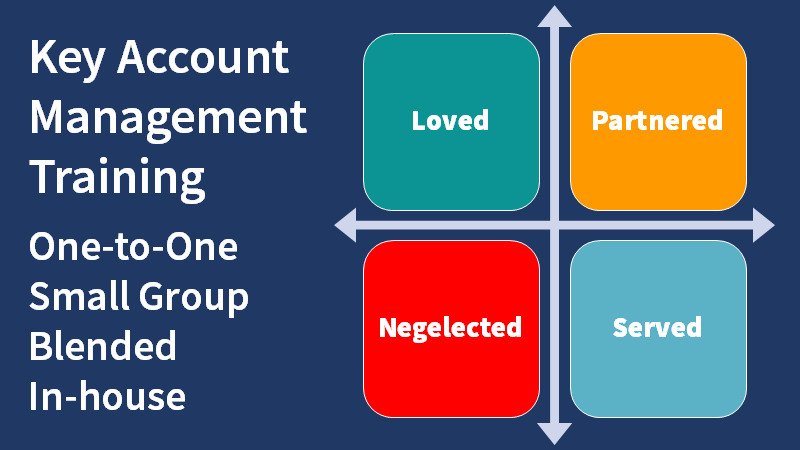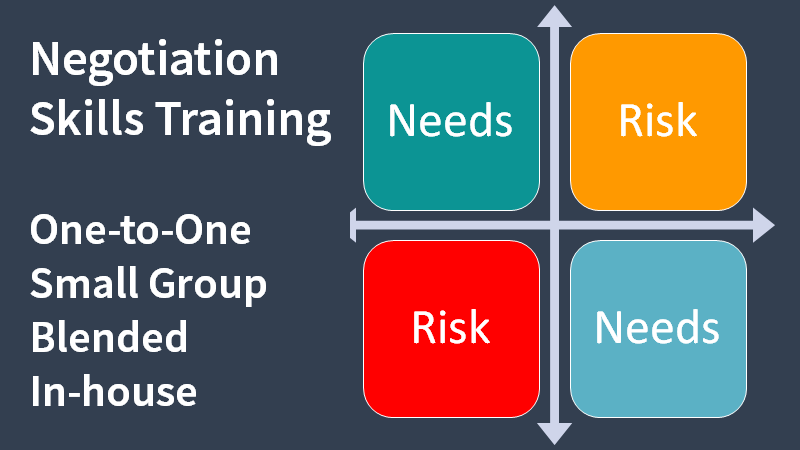Everyone says they get sales referrals but few have a reliable system for generating them.
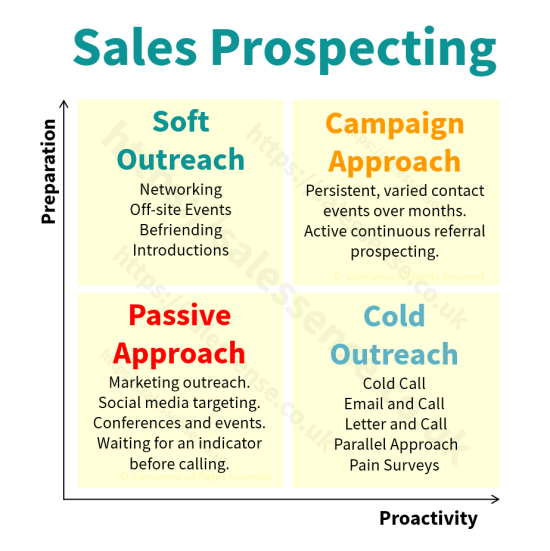
Sales referrals are few and far between for most businesses. They do happen and when a new customer is referred to a business, roughly eight out of ten become customers.
The obvious way to get more sales referrals is to create enthusiastic customers. Doing a good job is not enough. To create enthusiastic customers, deliver more than you promise. Easy to say, hard to do in a competitive environment.
Let's assume you are already doing everything you can do to cause customers to sing your praises. What more can you do?
Quite a lot when you fully explore the possibilities.
Why don't salespeople ask for referrals?
More than 45% of respondents to a poll indicated that they needed to implement a sales referral prospecting system and another 26% said that their current system could be improved.
Yet few professional salespeople ask for referrals, let alone anyone else in a business!
Why? It feels like a good way to sour a relationship.
When people connect via social media platforms such as LinkedIn, they often say they will refer potential customers to each other. But this rarely happens.
Why? Share of wallet. The last thing you want to do in a conversation with a potential customer is to have them think about spending money with someone else.
Sure, it does happen that professionals, consultants, trainers, coaches, and the like trip over opportunities that they can't fulfil themselves. Most of us have many hundreds of connections via social media and the most active networkers have thousands. What are the chances you will be remembered as the ideal person for an accidentally discovered requirement?
Perhaps I am being unfair to a few diligent networkers who somehow keep track of who does what and keep alert for opportunities to make introductions. Such people are rare indeed except amongst our closest friends.
How can you set up reliable referral prospecting systems?
There are at least 18 ways to set up referral prospecting systems to get more sales referrals. Follow the links for expanded guides:
- Content referrals
- Referral Marketing
- With Incentives
- Referral Forms
- From Employees
- From Suppliers
- Via Agents and Affiliates
- From Business Partners
- From Established Customers
- From New Customers
- From Those That Don't Buy
- From People You Don't Know
- Turn recommendations into Introductions
- From Competitors
- LinkedIn Acquaintances
- Friends
- People You Have Referred
- Negotiate Referrals
- Networking for Referrals
Should you invest more in proactive sales referral prospecting?
Leaving things to chance is like using the 'hope' strategy. All of the eighteen ways to generate referrals listed above can be made to work. It takes time and effort to stimulate a regular flow of sales referrals. Think of it as an investment.
There is overwhelming evidence for investing in sales referral systems:
1. Higher Conversion Rates
Study Findings: According to the Wharton School of Business, referred customers have a 16% higher lifetime value than non-referred customers.
Practical Insight: Referred leads come with a built-in level of trust and validation from the referrer, which makes them more likely to convert compared to leads generated through other methods.
2. Increased Customer Loyalty
Survey Data: A Nielsen survey found that people are four times more likely to buy when referred by a friend.
Customer Retention: Customers acquired through referrals are more loyal and have higher retention rates because they are introduced to the business by someone they trust.
3. Cost-Effectiveness
Cost Analysis: A study by Deloitte found that referral programs can reduce customer acquisition costs. Referred customers are cheaper to acquire because the process bypasses more expensive advertising and marketing channels.
Return on Investment: The same study indicated that the cost per acquisition (CPA) for referred customers is significantly lower than for those acquired through traditional marketing methods.
4. Enhanced Trust and Credibility
Trust Metrics: The Edelman Trust Barometer consistently shows that people trust recommendations from people they know (friends, family) more than any other form of advertising.
Impact on Decision-Making: Trust in the source of the referral makes potential customers more likely to act on the recommendation, thus enhancing the efficiency of the acquisition process.
5. Word-of-Mouth Influence
Social Influence: According to a study by the Word of Mouth Marketing Association (WOMMA), word-of-mouth marketing drives $6 trillion of annual consumer spending, accounting for 13% of consumer sales.
Amplification Effect: Referrals can create a network effect where satisfied customers refer more people, leading to exponential growth.
6. Higher Quality Leads
Lead Quality: Referred leads are typically of higher quality because they have been pre-vetted by the referrer, who understands both the business's offerings and the potential customer's needs.
Fit and Alignment: This pre-vetting process ensures a better match between the business and the new customer, leading to higher satisfaction and lower churn rates.
7. Positive Customer Experience
Customer Advocacy: According to the Temkin Group, companies that excel in customer experience have a 60% higher referral rate compared to those that don’t.
Correlation with Satisfaction: A positive customer experience naturally leads to more sales referrals, as satisfied customers are more likely to recommend the business to others.
8. Empirical Business Case Studies
Dropbox: Dropbox famously used a referral program to grow its user base by 3900% in 15 months. Users who referred friends received additional storage space, incentivizing them to spread the word.
Airbnb: Airbnb's referral program resulted in bookings from referred users being twice as likely as bookings from non-referred users, significantly contributing to the company's rapid growth.
9. Retention and Advocacy
Customer Retention Data: Research by Bain & Company shows that a 5% increase in customer retention can lead to a profit increase of 25% to 95%. Referred customers, who typically have higher retention rates, contribute significantly to this effect.
Advocacy and Loyalty: Referred customers often become advocates themselves, further contributing to the referral cycle and enhancing the company's overall customer loyalty and retention metrics.
The evidence supporting referrals as one of the best ways to get new business is robust and multifaceted. Referrals not only bring in high-quality leads but also do so in a cost-effective manner while enhancing customer loyalty and retention. The built-in trust and credibility of sales referrals, coupled with their ability to drive exponential growth through word-of-mouth, make them a powerful tool for any business looking to expand its customer base.
If you want more sales referrals set up some referral prospecting programmes. If you need help. Call +44 (0)1392 851500. Alternatively, use the contact form here or send an email to jimm@salessense.co.uk.


